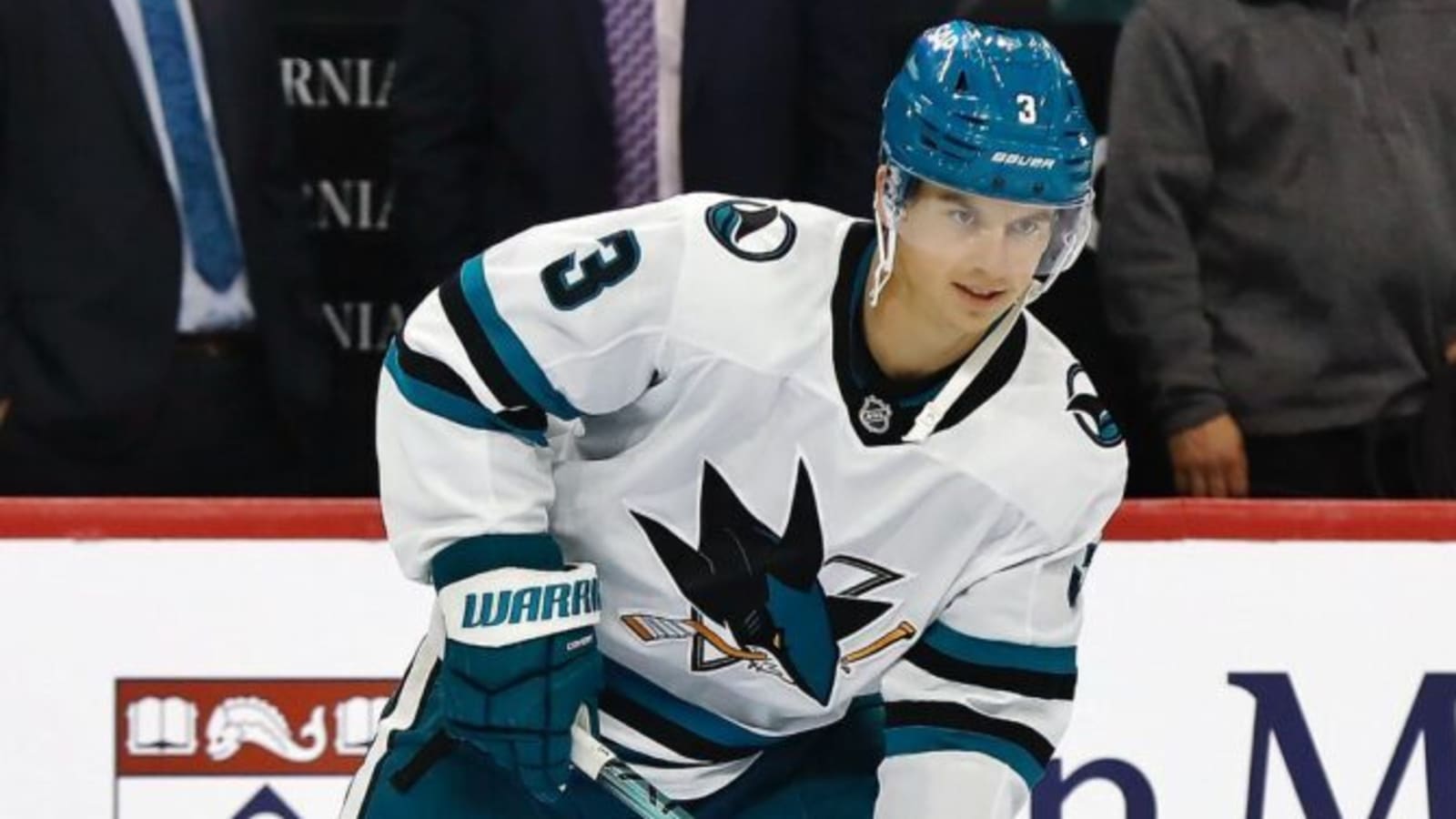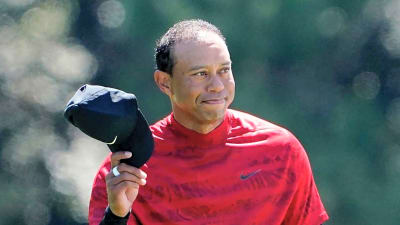
The Toronto Maple Leafs are utilizing the additional cap space they ended up with when Mitch Marner left to move up a level in the NHL’s salary cap. Whereas before they were forced to find fourth-line players on NHL minimum-wage contracts they hoped might step up into larger roles, now they are signing third-line players in the $3 million range with hopes they might either recapture some of the glory they have shown flashes of in the past, or take the next step in their development and possibly fill a top-six spot in the lineup.
It’s like they are shopping on the next floor up from the bargain basement—or, if we use a gambling analogy, they’ve moved from the nickel slot machines up to the quarter slots.
Any way you put it, acquiring players like Matias Maccelli, Dakota Joshua, and, to a lesser extent, Nicolas Roy comes with a risk. Both Maccelli and Joshua come with what were determined to be bad contracts by the teams they previously played for. Maccelli’s deal ends after this season, so it’s a one-year gamble. But Joshua is signed for two more seasons at $3.25 million.
A No-Risk Trade: Ryan Reaves for Henry Thrun
The one trade general manager (GM) Brad Treliving made has no gambling aspect to it whatsoever, and the player he acquired may never suit up for a single game that counts. That was the Ryan Reaves for Henry Thrun deal. At 38 years old, Reaves was dead weight. He was a long shot to be on the Maple Leafs’ opening-night roster before they acquired a decade-younger Michael Pezzetta. With Pezzetta in, Reaves’ fate was sealed; he was headed to the Toronto Marlies for sure.
Treliving was able to capitalize on a situation in San Jose, where the Sharks had an abundance of young, talented defencemen. That left 24-year-old Thrun available. The catch? Thrun’s waiver status changed at the end of last season. He now needs to clear waivers to be assigned to the American Hockey League (AHL).
While he has struggled at times—he was a cumulative minus-48 in plus/minus over 119 games across three seasons—Thrun has shown flashes that, with time, he could grow into a solid NHL defenceman. However, he was going to be hard-pressed to make the Sharks’ lineup, and San Jose risked losing him for nothing.
For the Sharks, who are rebuilding with youth, it made sense to acquire a seasoned veteran like Reaves, who comes with a locker room “presence.”
What’s the Real Gain for the Maple Leafs? Cap Space
As for Thrun’s situation in Toronto, having him develop on a roster that’s in “win-now” mode might be too much of a risk. Is Thrun really a better option than Simon Benoit, Philippe Myers, or even Matt Benning?
Odds are, his chances of cracking the Maple Leafs’ lineup are probably not much better than Reaves’. Even if the Maple Leafs were to trade from their defensive depth to improve up front, it’s still unlikely Thrun will be in their starting six. That likely means one thing: at some point, Thrun will be placed on waivers, and odds are, he’ll get claimed.
So, what do the Maple Leafs gain in all of this? The answer is $200,000 in cap space. Reaves had a cap hit of $1.35 million, of which $1.15 million was buriable in the AHL, leaving $200,000 on the books. If Thrun clears waivers, 100% of his $1 million salary can be buried. If he’s claimed, his full cap hit is gone. Either way, it’s tidy business that frees up dead weight.
Roster Update: Making Room for Dakota Joshua
To accommodate Joshua, according to PuckPedia, the Maple Leafs have moved defenceman Myers to their non-active roster. This is a paper move to stay within the 23-player roster limit, as Myers would have to go through waivers to be reassigned.
With Joshua in and Myers out, the Maple Leafs’ roster now includes 14 forwards, seven defencemen, and two goaltenders. Their total cap hit sits at $92,566,919, leaving $2,933,081 in cap space.
The Next Question Up: Nicholas Robertson’s Arbitration
Now, the Maple Leafs await the outcome of Nicholas Robertson’s arbitration case. It’s difficult to guess what number Robertson will land at.
When healthy, Robertson produces points at a $4 million player’s pace. However, his injury history, lack of size, and limitations in other areas have prevented him from becoming a full-time NHL player. Robertson’s new contract will likely eat up a good chunk—if not all—of the current $2.9 million in cap space. After that, the Maple Leafs will have to decide whether Robertson is more valuable as a player or a tradeable asset.
Who’s Next Out the Door? Järnkrok and Kämpf
Once the Robertson situation is settled, attention will turn to Calle Järnkrok and David Kämpf. Both are expendable. But are they tradeable?
It’s conceivable that one—or both—could be placed on waivers or even bought out if necessary. These are the kinds of choices the Maple Leafs now face as they rework their roster with an eye on flexibility, development, and deeper playoff contention.
[Note: I want to thank long-time Maple Leafs fan Stan Smith for collaborating with me on this post. Stan’s Facebook profile can be found here.]
More must-reads:
- Sidney Crosby’s age-38 revival powers surprising Penguins, fuels push for MVP
- Why Blue Jays should be willing to open checkbook for Kyle Tucker
- The 'Most passing + rushing TD games in a season' quiz
Breaking News
Trending News
Customize Your Newsletter
 +
+
Get the latest news and rumors, customized to your favorite sports and teams. Emailed daily. Always free!








